The Rise and Fall of OS/2
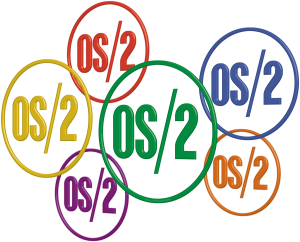 The original IBM PC came with a primitive command line operating system known as DOS. Made by Microsoft, it could do basic file management and run a single application at a time. That was about it. On the original PC and PC/XT, this wasn’t an issue. But as new generations of computer processors came out, DOS started showing its age. IBM and Microsoft went back to the drawing board and made a new operating system called OS/2. But OS/2’s life was cut short after a falling out between the two companies.
The original IBM PC came with a primitive command line operating system known as DOS. Made by Microsoft, it could do basic file management and run a single application at a time. That was about it. On the original PC and PC/XT, this wasn’t an issue. But as new generations of computer processors came out, DOS started showing its age. IBM and Microsoft went back to the drawing board and made a new operating system called OS/2. But OS/2’s life was cut short after a falling out between the two companies.
Replacing DOS
When IBM decided to get into the personal computer business, they knew they had to move quickly to get a foot in the door. They created a special team working in Boca Raton, Florida, outside of the usual corporate bureaucracy. The Boca Raton team used off-the-shelf parts and outsourced the operating system to Microsoft. The result was PC-DOS (known as MS-DOS on IBM compatible machines), a text based operating system that did very little. DOS was optimized for the 8088 processor that came with the original IBM PC. As such, it couldn’t make full use of more advanced microprocessors. Thus IBM went back to Microsoft for its next-generation operating system. The problem was, the two companies didn’t share the same vision.
Conflicting Visions
IBM wanted a proprietary operating system that ran on the 286 processor, so that existing IBM owners could make the most of their computers and stay within the IBM ecosystem. Microsoft wanted to sell OS/2 to the clone companies, who were coming out with computers with advanced 386 processors. They wanted to use OS/2 as a base for their new Windows interface, which was graphical rather than text-based. IBM on the other hand, had vague ideas to make a graphical operating system, but they didn’t want to rely on Microsoft Windows.
IBM was the more powerful company at the time, so Microsoft acquiesced. They came out with OS/2 1.0. It didn’t look like much. Like MS-DOS, it was just a black screen with some gray letters on it. As a multitasking operating system, it could run more than one application at a time, but this only worked for OS/2 native applications. This was the trade-off for making a 286-compatible operating system. And it hurt OS/2’s early adoption. For all its advanced underpinnings, OS/2 1.0 didn’t run DOS applications better than DOS itself.
“A Better DOS Than DOS”
Meanwhile, Microsoft was working on improving Microsoft Windows. Windows still relied on the old MS-DOS base, so it didn’t have the preemptive multitasking of OS/2. But it had a much better interface, and didn’t use any IBM-owned code. Windows’ success soon became too much for IBM, and two companies had a falling-out. IBM started work on OS/2 2.0, which was a vast improvement over the first version. The 2.0 version dropped support for the 286 processor, which allowed it to run multiple DOS programs at once. It had a full featured graphical user interface that allowed you to manage your files as icons, back when Windows still retained DOS-like file management. But OS/2’s biggest feature was its compatibility with Windows.
Due to the collaboration with Microsoft, IBM had the right to tie the Windows API into OS/2. This meant that, when combined with a pre-installed version of Windows 3.x, OS/2 could run Windows apps with high-tech preemptive multitasking. IBM sold this as “A better DOS than DOS; A better Windows than Windows”. It was a great idea that would lead to a spectacular failure.
OS/2 vs. Windows
OS/2 2.0 was technologically superior to Windows 3.x, but Microsoft had the upper hand in terms of marketing. They leveraged their relationships with IBM clone manufacturers to bundle Windows on every machine. IBM, on the other hand, tried to use OS/2 to increase the sales of their own PS/2 line of computers. This meant that, if you wanted to install OS/2 on a non-IBM machine, you had to go out and buy it. So even though OS/2 was a better DOS than DOS and a better Windows than Windows, it wasn’t worth the extra money for most users. OS/2 was better, but DOS and Windows were good enough.
In the early 1990s, IBM pulled out the stops. With OS/2 3.0 and 4.0, they added the name “Warp” to make their software sound less stodgy. But despite heavy marketing, OS/2 Warp never took over. The big problem came from OS/2’s compatibility with DOS and Windows. Since it could run DOS/Windows programs just fine, developers didn’t bother taking advantage of OS/2’s more advanced features. So there was never a lot of native software for the platform. Instead, there were two main groups of customers: über-geeks who wanted a high-tech OS, and embedded/enterprise customers who wanted a stable platform for things like servers and ATMs. This kept OS/2 on the market, but it didn’t lead to world domination.
The Death of OS/2
In the end, Windows 95 killed off OS/2. Though it was still based on MS-DOS, Windows 95 looked and functioned like OS/2 to most end users. And it came bundled with every PC. For enterprise users who needed something more advanced than DOS, Microsoft had Windows NT. It was, quite simply, a better OS/2 than OS/2. Eventually, IBM gave up the fight. They discontinued development on OS/2, and within a couple of years, sold their PC business to Lenovo.
Today OS/2 is largely forgotten, though it still exists as a product called eComStation. eComStation caters mostly to enterprise installations of OS/2, those old servers and cash registers running an aging OS. Meanwhile a project called Blue Lion seeks to create a more modern version of OS/2 for all those geeks who want to run it on modern hardware. Whether they’ll succeed has yet to be seen, but I wish them all the luck.
Did you ever use OS/2 back in the day? I didn’t, though I read a lot about it in computer magazines of the time. I’ve only seen it in the wild once. It was on a server at Lansing Community College circa 2004, well after IBM got out of the business. Let me know in the comment section if you’ve ever used or seen OS/2.
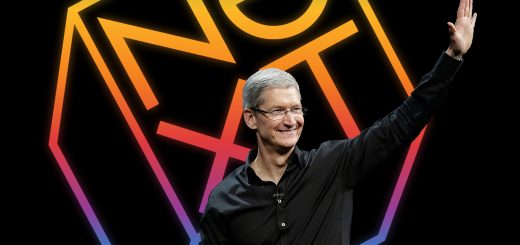
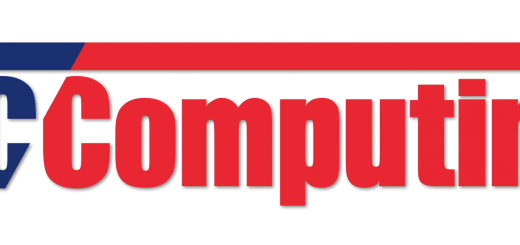
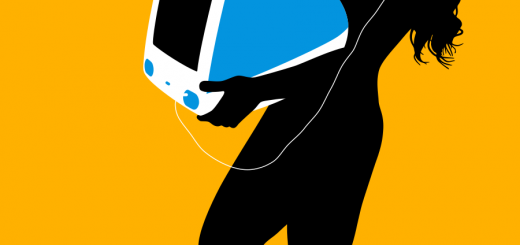
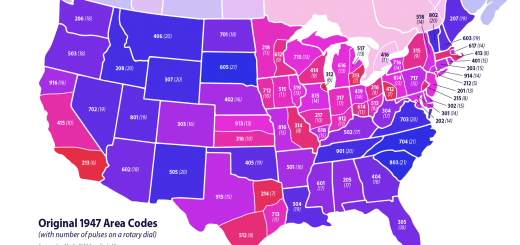
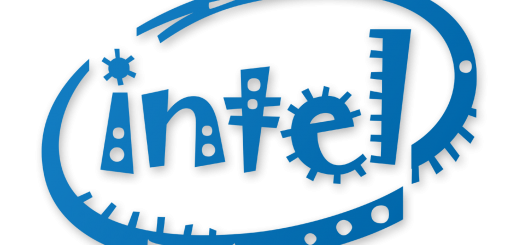
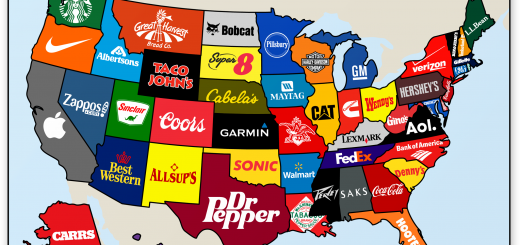
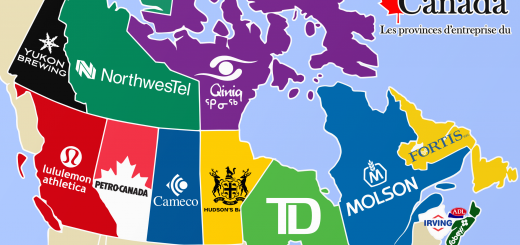

OS/2 Warp ran a RightFax faxing solution we had at our company for many years — it was still working when I left in 2005. It was a fairly stable OS compared to numerous reinstalls I had to do of Win9x and NT, but the interface and a few other GUI-items were very kludgy
I installed OS/2 on my PC on the workplace. I was enthusiastic. I was the only one from us developers who had it on his machine and only my colleague knew it because it was not officially installed.
Unfortunately nothing relevant regarding OS/2 was done.
We were programming in Clipper so not even Windows 3.1 specifically was being targeted as development platform.